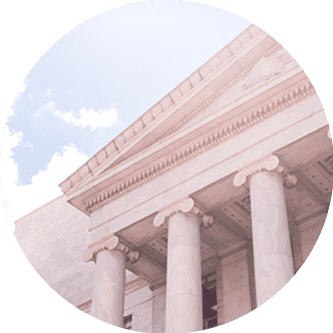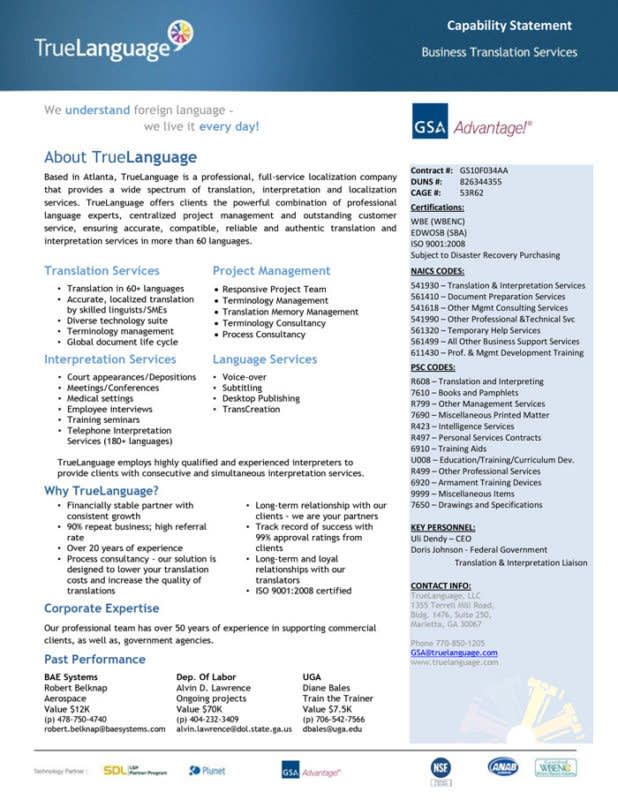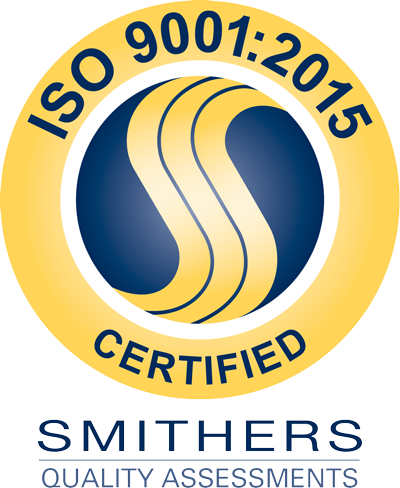Government and Public Agencies: Translation Services

Government and Public Agencies Expertise
Translation services play a crucial role in ensuring effective communication between the federal government, public agencies, and the diverse communities they serve. As the number of non-English speakers and individuals with limited English proficiency (LEP) continues to grow, the demand for accurate and reliable translation services in government agencies is also on the rise. In fact, government translators can be considered essential, since they help bridge the communication gap so that public services are accessible to all regardless of native language spoken.
Effective communication is vital for fostering trust and engagement between residents and government representatives. This is especially important for individuals with limited English proficiency, who may feel more comfortable accessing public services when language barriers are removed. To address this need, some local governments choose to use external translation services that provide on-site options, covering a wide range of languages.
By improving communication with non-English and LEP citizens, government agencies can break down cultural barriers and cultivate a positive public image. This step is essential for promoting inclusivity, social cohesion, and equal access to public services. Given the compliance, confidentiality, and security requirements of government agencies, partnering with a professional language service provider (LSP) can offer significant benefits. Even if an agency employs multilingual staff, an LSP can provide essential support and expertise for accurate and culturally sensitive translations.
TrueLanguage has been awarded a Federal Supply Schedule contract for 738 II Language Services under Special Item Number (SIN) 382-1, Translation Services and 382-2, Interpretation Services, by the U.S. General Services Administration (GSA), a federal agency that helps government agencies locate and procure goods and services.
Contract #: GS10F034AA
DUNS #: 826344355
CAGE #: 53R62
Certifications:
WBE (WBENC)
EDWOSB (SBA)
ISO 9001:2015
Subject to Disaster Recovery Purchasing
NAICS CODES:
541930 – Translation & Interpretation Services
561410 – Document Preparation Services
541618 – Other Mgmt Consulting Services
541990 – Other Professional &Technical Svc
561320 – Temporary Help Services
561499 – All Other Business Support Services
611430 – Prof. & Mgmt Development Training

Formatting and Layout
When providing translation services for the federal government and public agencies, it is essential to pay close attention to formatting, typesetting, and layout. These elements play a crucial role in maintaining original meaning and intent while also being visually appealing and easy to read. Proper formatting and layout can also contribute to the overall professionalism and credibility of the translated materials, which is particularly important when dealing with sensitive government documents.
Formatting is a critical aspect of translation services, since it involves adapting the translated text to match the original document’s structure and appearance. This may include adjusting font sizes, styles, and colors, as well as verifying that headings, bullet points, and numbered lists are consistent across languages. Additionally, formatting may involve the proper placement of images, tables, and charts, which can be particularly challenging when dealing with languages that read from right to left, such as Arabic or Hebrew.
Typesetting is another important consideration when translating government documents because it involves arranging the translated text on the page for readability and visual appeal. This process may require adjusting line spacing, margins, and paragraph breaks to accommodate differences in text length between the source and target languages. Typesetting also involves making sure that any special characters or symbols used in the target language are accurately represented and correctly positioned within the text.
Layout plays a significant role in the overall presentation of translated materials, since it involves organizing the content in a visually appealing and logical manner. This may include adjusting the placement of images, tables, and other visual elements so that they complement the translated text and do not disrupt the flow of information. Additionally, layout considerations may involve adapting the document’s design to meet the cultural preferences and expectations of the target audience, which can help to enhance the document’s overall effectiveness and accessibility.
In addition to formatting and typesetting, the translation tools and software we utilize at TrueLanguage greatly enhance the efficiency and consistency of our translations. Computer-assisted translation (CAT) tools, for example, can help manage terminology, translation memories, and glossaries, locking in consistency across different projects and documents. These tools also assist in maintaining consistent formatting and typesetting throughout the translation process.


Glossary and Style Guide
Glossaries and style guides are essential tools when providing translation services for the federal government and public agencies. These resources help support consistency, accuracy, and clarity in translated materials, which is particularly important when dealing with official documents and sensitive information. By utilizing glossaries and style guides, language service providers can maintain a high level of quality and professionalism in their translations, ultimately enhancing communication and accessibility for diverse populations.
Glossaries are collections of specialized terminology and phrases that are commonly used within a specific industry or organization. In the context of government and public agency translations, glossaries may include terms related to legal, regulatory, or policy matters, as well as acronyms and abbreviations unique to the agency. By creating and maintaining a comprehensive glossary, translators can be certain that they are using consistent terminology throughout their work, which helps to prevent confusion and misinterpretation. Additionally, glossaries can help translators navigate complex or technical language, facilitating the accurate transmission of the intended meaning.
Style guides, on the other hand, provide guidelines and best practices for writing and formatting translated materials. These guides may cover aspects such as tone, voice, and language usage, as well as formatting and layout considerations. For government and public agency translations, style guides may also include specific requirements related to the use of official seals, logos, or other branding elements. By adhering to a style guide, translators can be confident that their work aligns with the agency’s established standards and expectations, which contributes to the overall professionalism and credibility of the translated materials.
In addition to promoting consistency and accuracy, glossaries and style guides can also help to streamline the translation process. By providing clear guidelines and reference materials, these resources can save time and reduce the likelihood of errors or misunderstandings. This is particularly important when working with large teams of translators or when translating materials into multiple languages, since glossary and style guide usage can help all team members adhere to the same set of standards and expectations.
Want to know more about our glossary and style guide creation process? We have additional online content that provides more detailed information about our approach and methodology. These additional resources are available here: Glossary and Style Guide Resources
Government and Public Agency translations are critical for enhancing communication and accessibility for diverse populations. TrueLanguage has the experience and expertise to help.

Review Process
Review by native-speaking subject matter experts guarantees accuracy in translated materials. Ensuring critical messaging is not lost in the translation process.

Quality Management
Our end-to-end quality management process monitors your translations at every step. And our language portal can provide 24/7 access to your projects, project manager, documents, and budget.

Subject Matter Expertise
Our language professionals include subject matter experts in a range of disciplines that fall under the governments purview.
Supported Systems


Supported Software: Adobe Acrobat, Adobe FrameMaker, Adobe Illustrator, Adobe ImageReady, Adobe InDesign, Adobe PageMaker, Adobe Photoshop, QuarkXPress US, QuarkXPress Passport
Sample File Types: HTML, XHTML, XML, JAVA, FLASH, CSS, ASP, .NET, Flash, Web 2.0, AJAX, CMS, PHP/MySQL, Linux, Unix

FREE DOWNLOAD: Guide to Document Translation.
Learn about what to expect from your translation partner.
Let’s do this together!
You create the site, the manuals, instructions for use, technical specifications, permits and licenses, warning labels, catalogs, etc. – we translate and localize your materials. What can we translate for you?
1355 Terrell Mill Road SE
1476-250
Marietta, Georgia 30067 USA
770.850.1205

